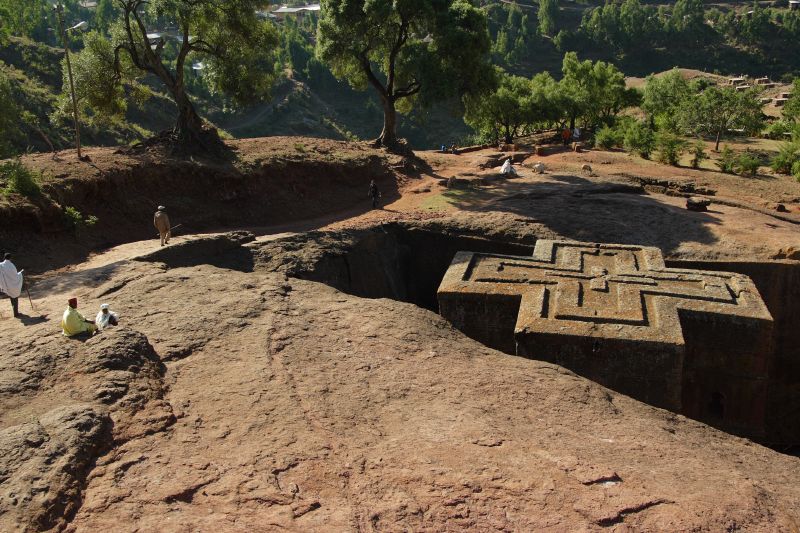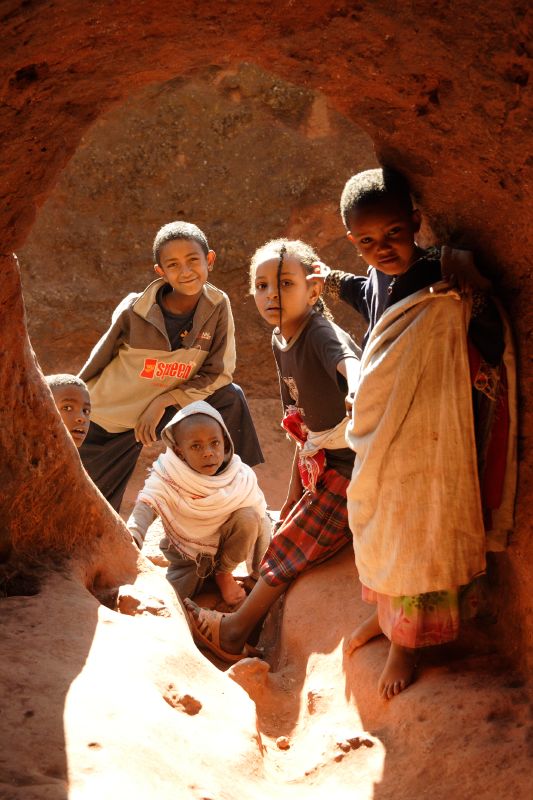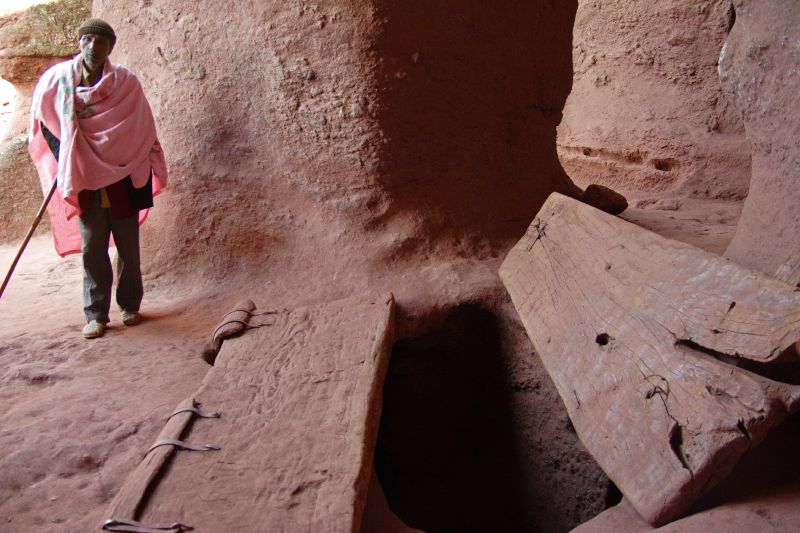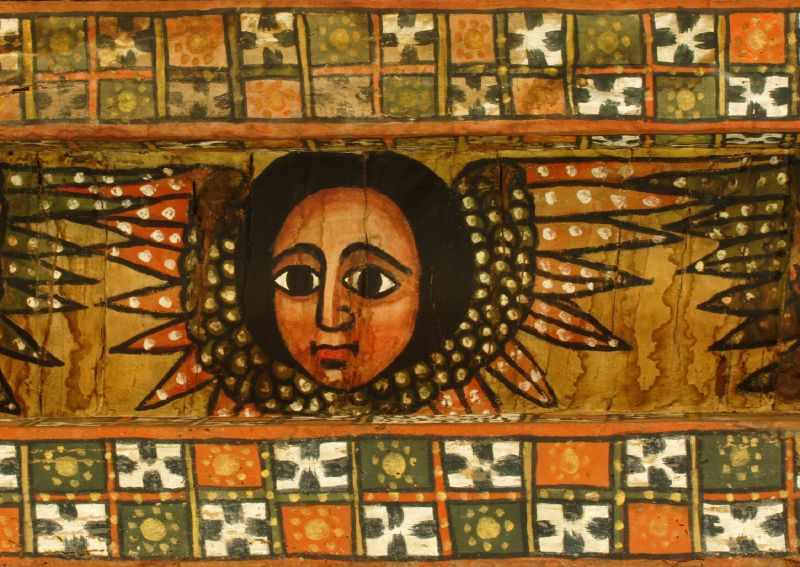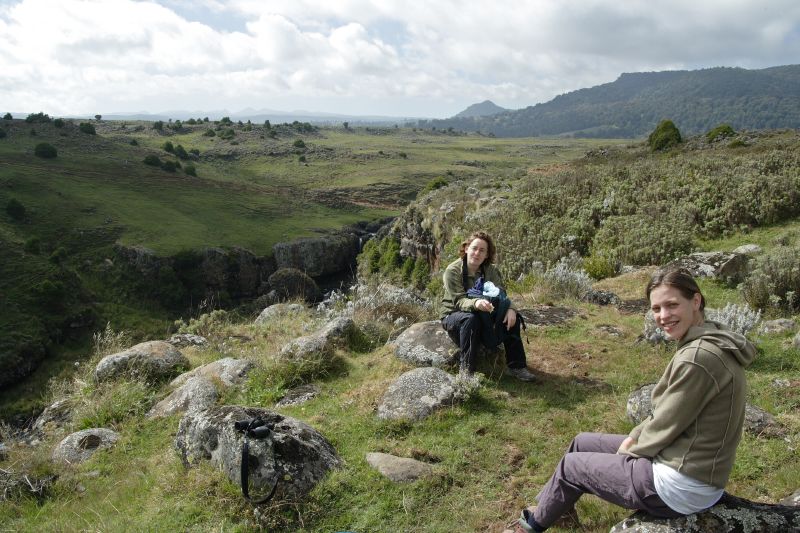 One of the highlights of travelling in southern Ethiopia is visiting the 2,200 Km. sq. Bale Mountain National Reserve.
One of the highlights of travelling in southern Ethiopia is visiting the 2,200 Km. sq. Bale Mountain National Reserve. We spent two nights staying at Dinsho Lodge and had a great time but could have spent longer. It is a long day's drive from Addis to get to Dinsho as you rise higher and higher into the mountains and the road gets rougher. The Lodge is basic but clean with dormitories set around a large common room. There is a separate kitchen and you need to take all you need for cooking. For the price of 15 Birr you can buy a large bundle of firewood and some good will in getting it lit. I have fond memories of cooking over an open fire, watching the stars come out and listening the snuffling warthogs that hang around by the Lodge. A warm Gabbi (Ethiopian blanket/cloak) and a bottle of malt whisky also help as it gets pretty cold at night!
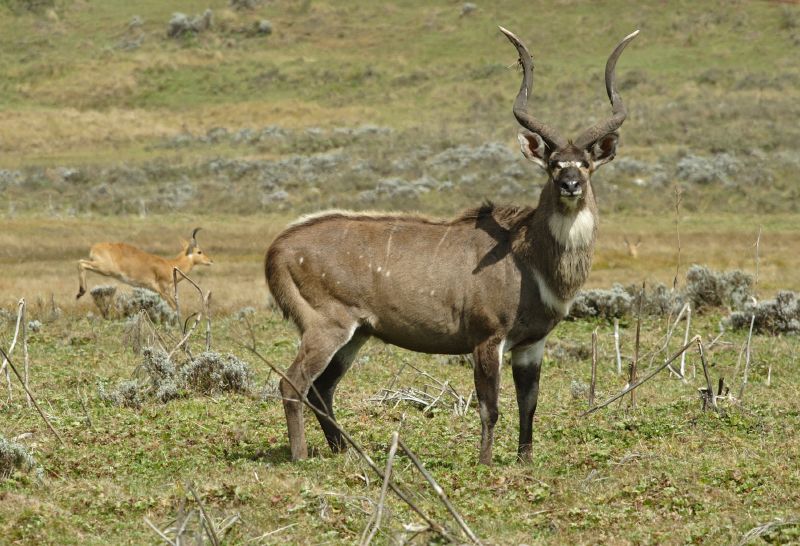 If you’ve not visited the Ethiopian highlands you are going to be in for a shock as dawn breaks. At first glance the scenery looks like Scotland; mountainous, green/grey valleys and a little bleak in places. We made two expeditions in our too short time there, firstly we went walking with a guide through what is known as the Gaysay extension. In a short walk we saw Augur Buzzards, Wattled Ibis and Blue-winged Geese. As we made our way from scrub to a grassland area, the big game appeared; Mountain Nyala, Warthog and Redback deer. Wonderful as they are, however, they weren’t what we came to see.
If you’ve not visited the Ethiopian highlands you are going to be in for a shock as dawn breaks. At first glance the scenery looks like Scotland; mountainous, green/grey valleys and a little bleak in places. We made two expeditions in our too short time there, firstly we went walking with a guide through what is known as the Gaysay extension. In a short walk we saw Augur Buzzards, Wattled Ibis and Blue-winged Geese. As we made our way from scrub to a grassland area, the big game appeared; Mountain Nyala, Warthog and Redback deer. Wonderful as they are, however, they weren’t what we came to see.What we were looking for were Ethiopian Wolves (Canis Simensis); the rarest Canid species in the world, only found in Ethiopia and down to a few hundred survivors. This park has the largest population and we hoped to catch a glimpse. Despite us 'Farangi' carrying chunky binoculars, it was our local guide who spotted a Wolf in the distance sniffing the ground and listening for their favourite food Giant Molerats!
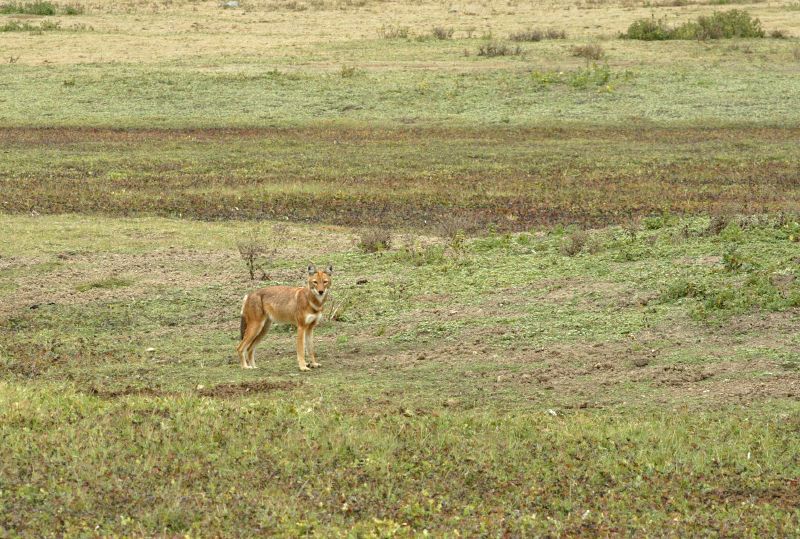
From a distance, the Wolf can look Jackal-like or like a lager version of the European red Fox, reddy brown with a distinctive black tip to its tail. We watched it as it moved along the bottom of a hillside about half a kilometre away. Eventually, it moved round to an area under some rocks and I saw an opportunity to put the rocks between us and get closer. I hiked round in a wide curve, trying not to spook the herds of Nyala, crept low over the rocks and popped my head round the edge of a bluff. And there it was, a few hundred metres away and I got a couple of snaps before it moved on.
That afternoon, we travelled along the Web River Valley track that made the road from Addis seem smooth and well finished! Eventually, we got to the end of the road and hiked up to a landscape of low cliffs and shallow valleys pock marked with the burrows of thousands of rodents- prime Wolf country. Sure enough as we scanned the horizon we saw another two pairs of Wolves. My failed attempts at stalking were rumbled by Tawney and Golden Eagles that hid against the low cliffs and flew off as we approached.
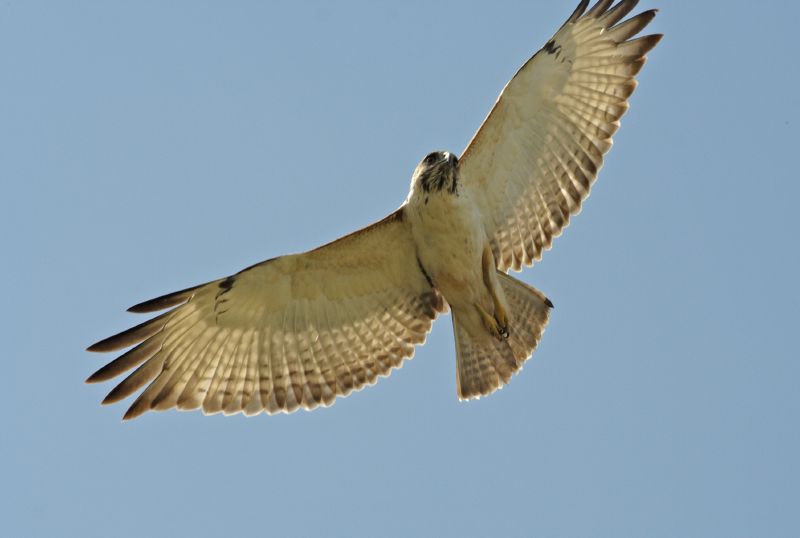
One of the Wolves also decided that we had got too close for comfort and in response to a high-pitched yelp we backed off and left this unforgiving landscape to the wild animals that belonged there. If you want to know more about the Wolves visit
